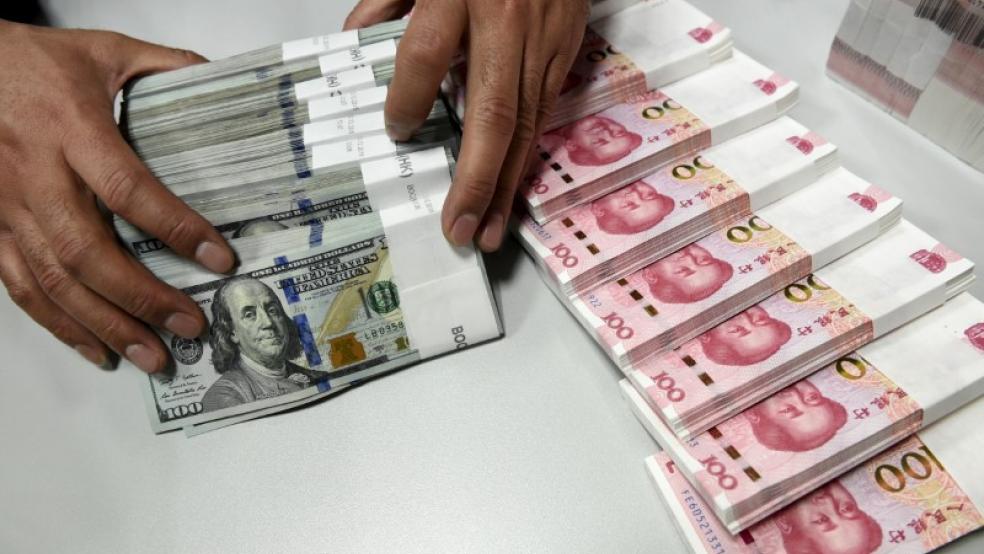Global stock markets reacted positively to trade data coming out of China on Wednesday, at least for a few hours, despite doubts among many economists and analysts about what the numbers actually represent.
China’s commerce ministry reported that in December, exports fell by only 1.4 percent compared to December 2014 – a far better showing than the 8 percent decline that had been the general consensus in the markets. The government also reported a smaller than expected decline in overall imports and much higher than expected imports from Hong Kong.
Related: Is China or the Middle East a Bigger Threat to Stocks?
Analysts originally greeted the news as very positive and an indication that China might not need to take steps toward further devaluing the yuan against the U.S. dollar.
“The past couple of months, we’ve seen exports surprise on the upside,” wrote Tim Condon of ING Group. “Worries that something is going on in China behind the scenes, that real compelling economic fundamentals are pushing the yuan weaker, is inconsistent with what we’re seeing on the trade front.”
“China’s better-than-forecast trade figures may signal the beginning of a modest improvement as the yuan stabilizes against a weighted basket of currencies,” wrote Ding Schuang of Standard Chartered Bank. “That could translate into export growth of 5% to 7% and import growth of 1% to 2% this year. Demand may not be a big driver, but China is becoming more competitive with its exchange rate.
Given the turmoil that the Chinese economy and stock market have been experiencing in recent months, though, some more skeptical observers believe that what we’re seeing in China is thinly-disguised capital flight, as investors try to evade the currency controls put in place by the government to try to stabilize the economy.
Related: Misreading China Leads to Another Foolish Market Rout
Wealthy Chinese and foreign investors with large holdings in mainland China have historically used dubious invoicing practices to get around limits on exchanging yuan for dollars and other foreign currency.
When there were limits on bringing foreign currency into China, analysts believed that the practice of over-invoicing for exports was common – meaning that dollars and other foreign currencies could flow into China in the guise of legitimate commerce.
Now, with the government placing limits on the purchase of foreign currency, there is suspicion that over-invoicing on imports may be allowing some Chinese investors to move money in the other direction. They point to a very surprising 64.5 percent spike in imports from Hong Kong as a possible smoking gun.
“As both imports and exports to Hong Kong broke with trends in a major way, it suggests the figures are likely driven by capital flight," wrote Oliver Barron, head of research in the Beijing offices of brokerage North Square Blue Oak.





